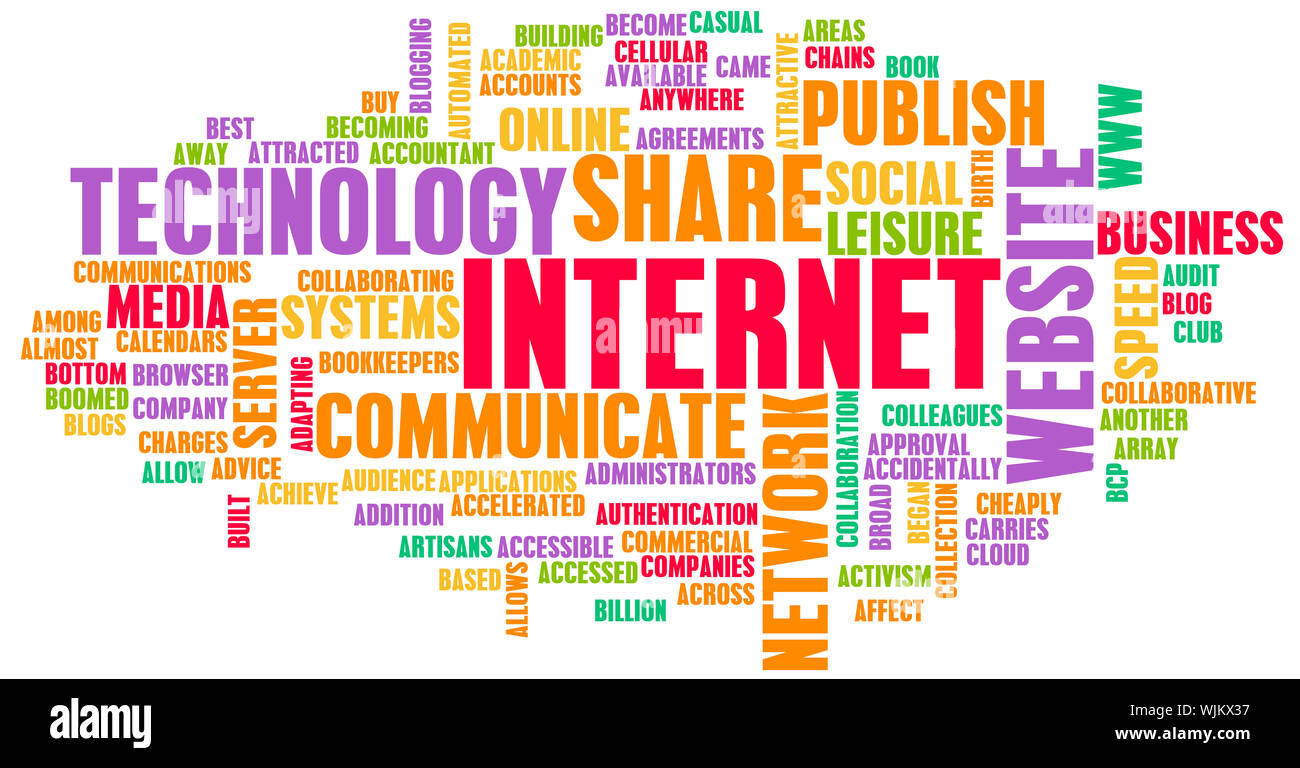Lexicon for the most important IT items
Creating a lexicon for the most important IT items involves listing and defining key terms and concepts in the field of information technology. Here’s a starting point for such a lexicon: Algorithm: Definition: A step-by-step procedure or formula for solving a problem or accomplishing a task in computing. API (Application Programming Interface): Definition: A set …




